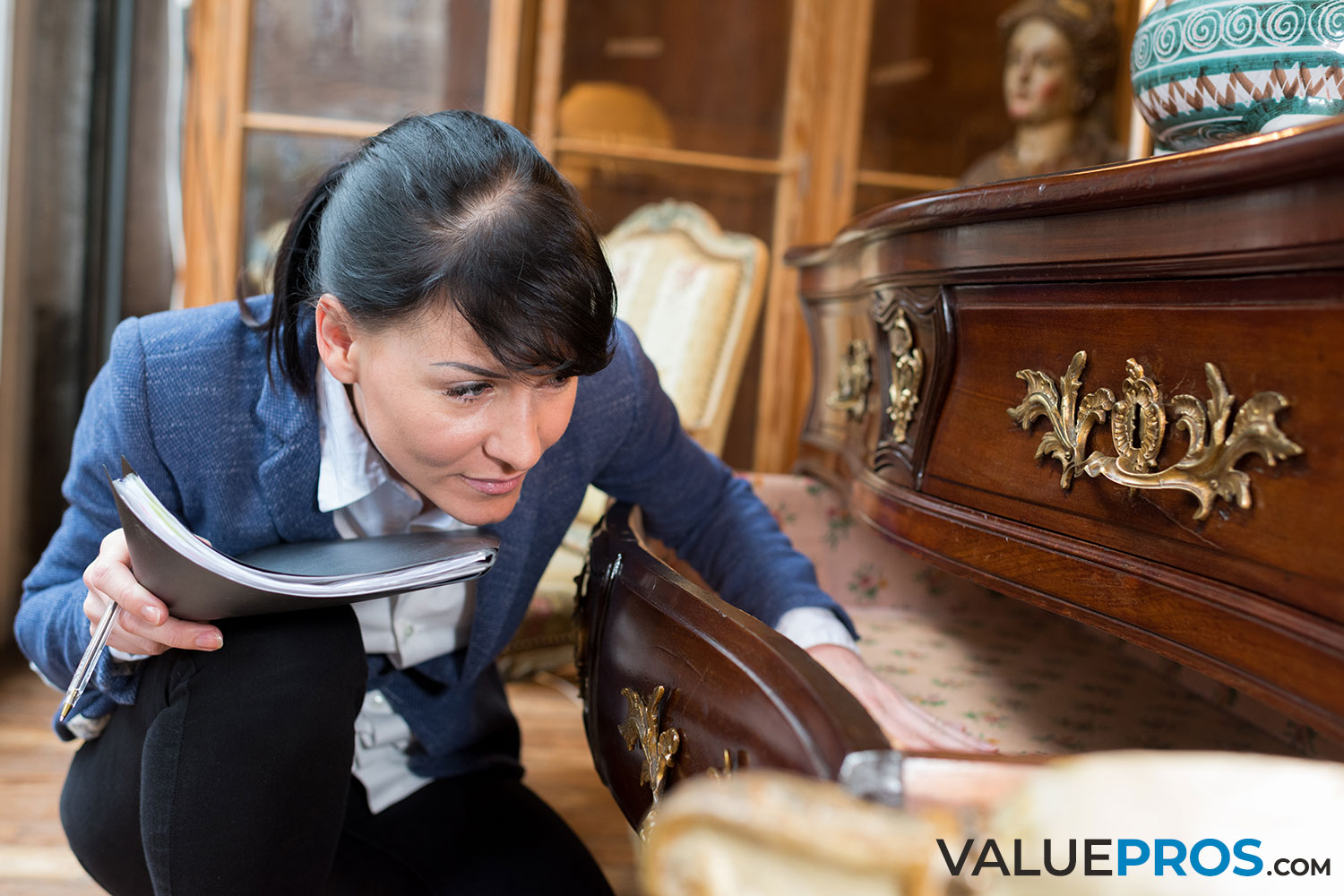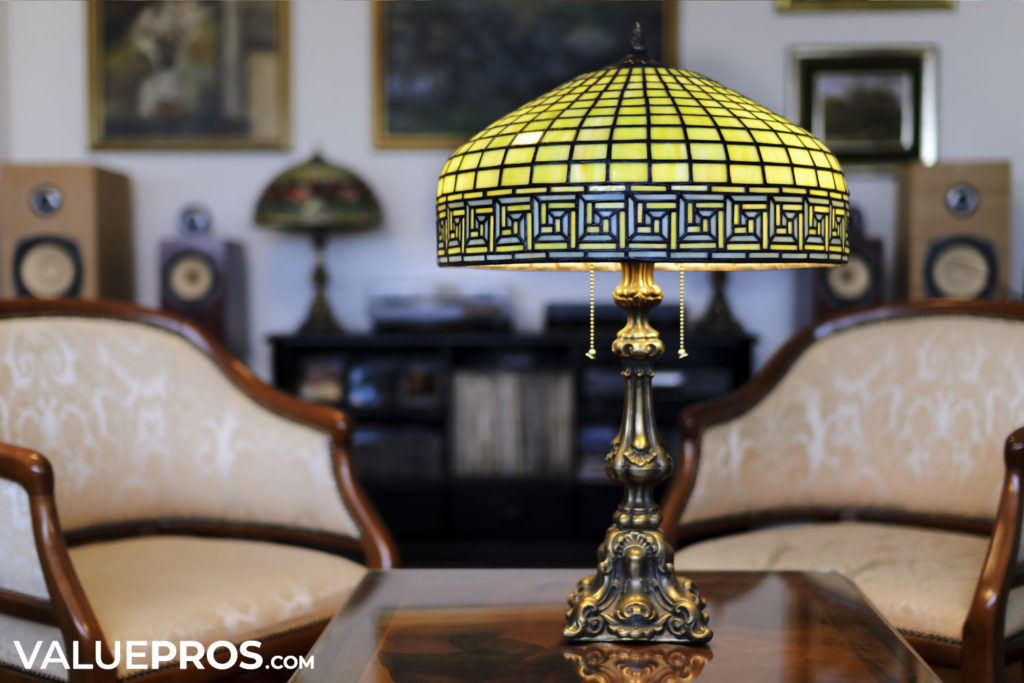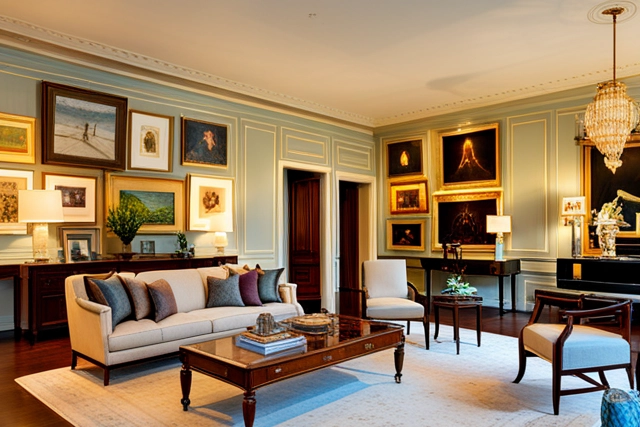Humanity has had a tireless search for objects that reflect beauty, their environment or even their thoughts and opinions. These items have helped with the narrative of great civilizations and empires. Utilitarian objects from ancient cultures like Greek, Mayan, Egyptian, Japanese and Chinese are now priceless items and they adorn museums and royal houses.
Some of these items are also found in many American homes, whether because they continue to fulfill a function or because they have become a part of the family history, some of them are historical objects acquired with antique dealers, auction houses and even galleries, and some of them are by living contemporary designers.
In all these scenarios, the owners know the paid and historical value of things, but it often happens that, by inheriting these collections of objects, little by little the objectivity of the real / current value of said pieces is lost. Today in our VALUEPROS blog, we will discuss some important facts regarding these collections, that as experienced appraisers, we think are interesting to know.
1. Decorative objects
Decoration objects generally correspond to the art and design area. In this area, the collections are usually analyzed by our ART specialists at VALUEPROS. These collections are made up of paintings, sculptures, object art, drawings, engravings and others. There are subcategories that must be analyzed carefully, such as lamps intervened by artists or tapestries (Gobelins).
2. Tableware
Table pieces have always been an important part of home collections. The large specialized auction houses have areas dedicated to this item and range from silver plates, dairy and silverware, to ceramics, porcelain and pewter. Luxury tableware is generally numbered and serialized, as its exclusivity is so great that it can range from 5-tableware editions worldwide, to a single one made expressly for a house or for a family crest.

Silverware is one of those things that have historical and material value for their workmanship. That is why two approaches are usually involved in these processes, the historical info on the item and the material and the craftsmanship aspect of it as well.
3. Furniture
There are historical pieces of furniture that have been made for specific spaces, as with many of the royal palaces and residences in Europe and. In the case of America, we can see them in temples, convents, and private residences. Likewise, antique furniture such as dining sets, chests of drawers, buffet tables among others, must be carefully examined and valued.
Chandeliers, lamps, lamps, gates, railings, doors, and others must also be carefully selected.
In all the cases mentioned, because these are items used or displayed every day, their state is always taken into account. Sets or special collections such as in tableware for example, it is vitally important to understand that these sets are complete and in good condition. In case of damage, a professional restorer will intervene the pieces and record the work done.

Do you want to value your collection of objects? Do you have one or more household items that tell a story and must be registered or appraised? Contact Us! At VALUEPROS, we have expert appraisers that can provide you with independent, impartial, and objective, USPAP Compliant reports, as required by insurers, government agencies, the courts or other transactions.








